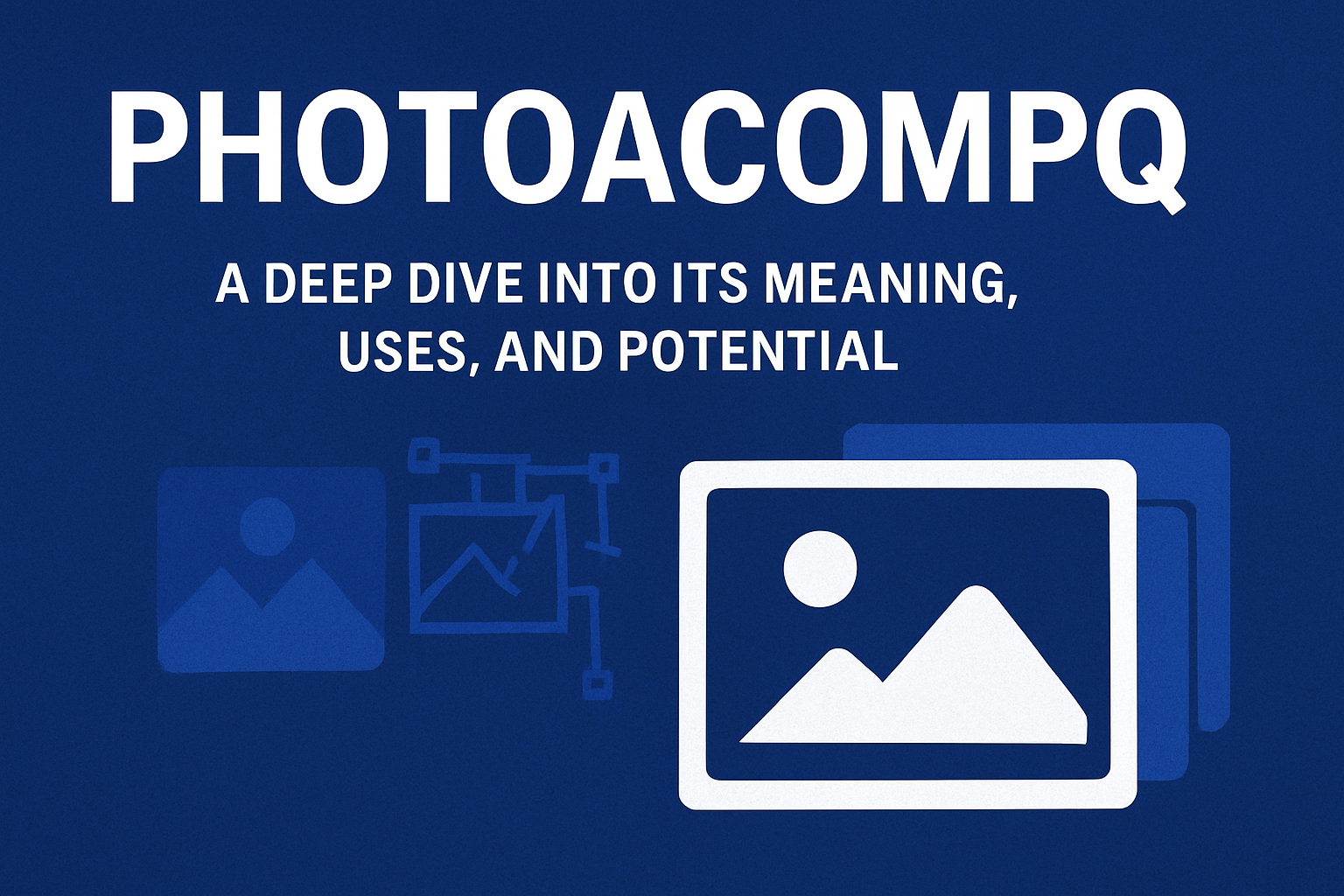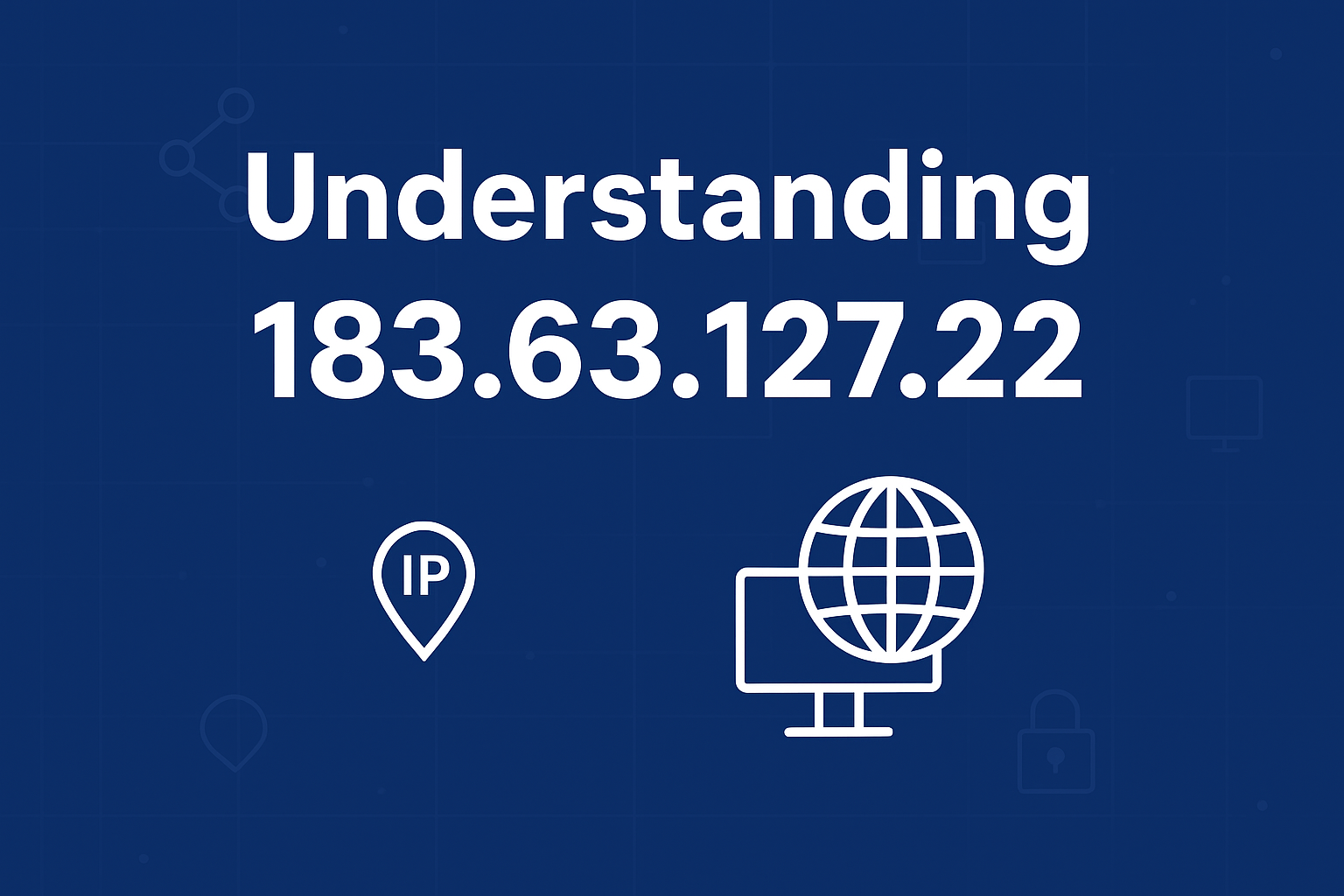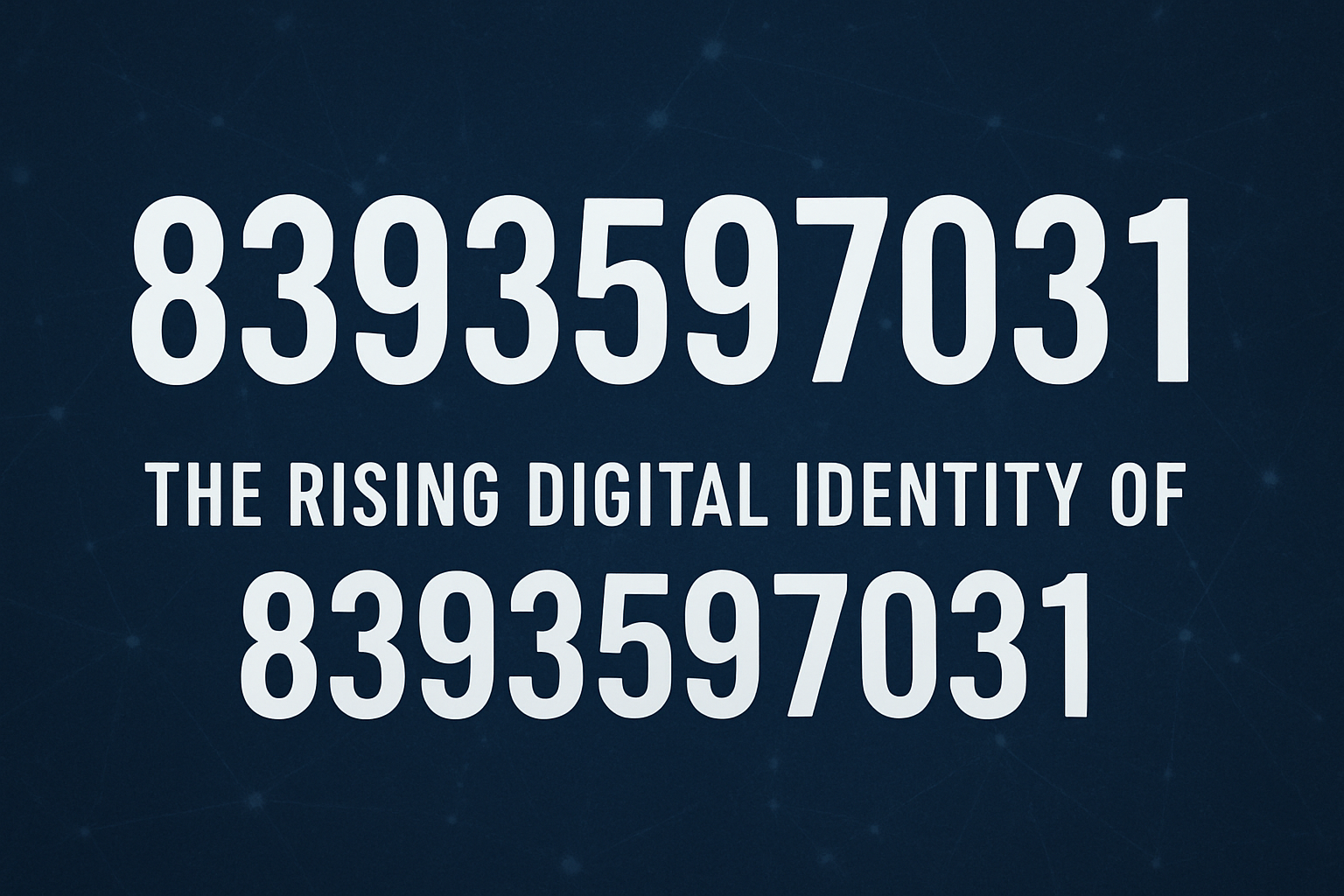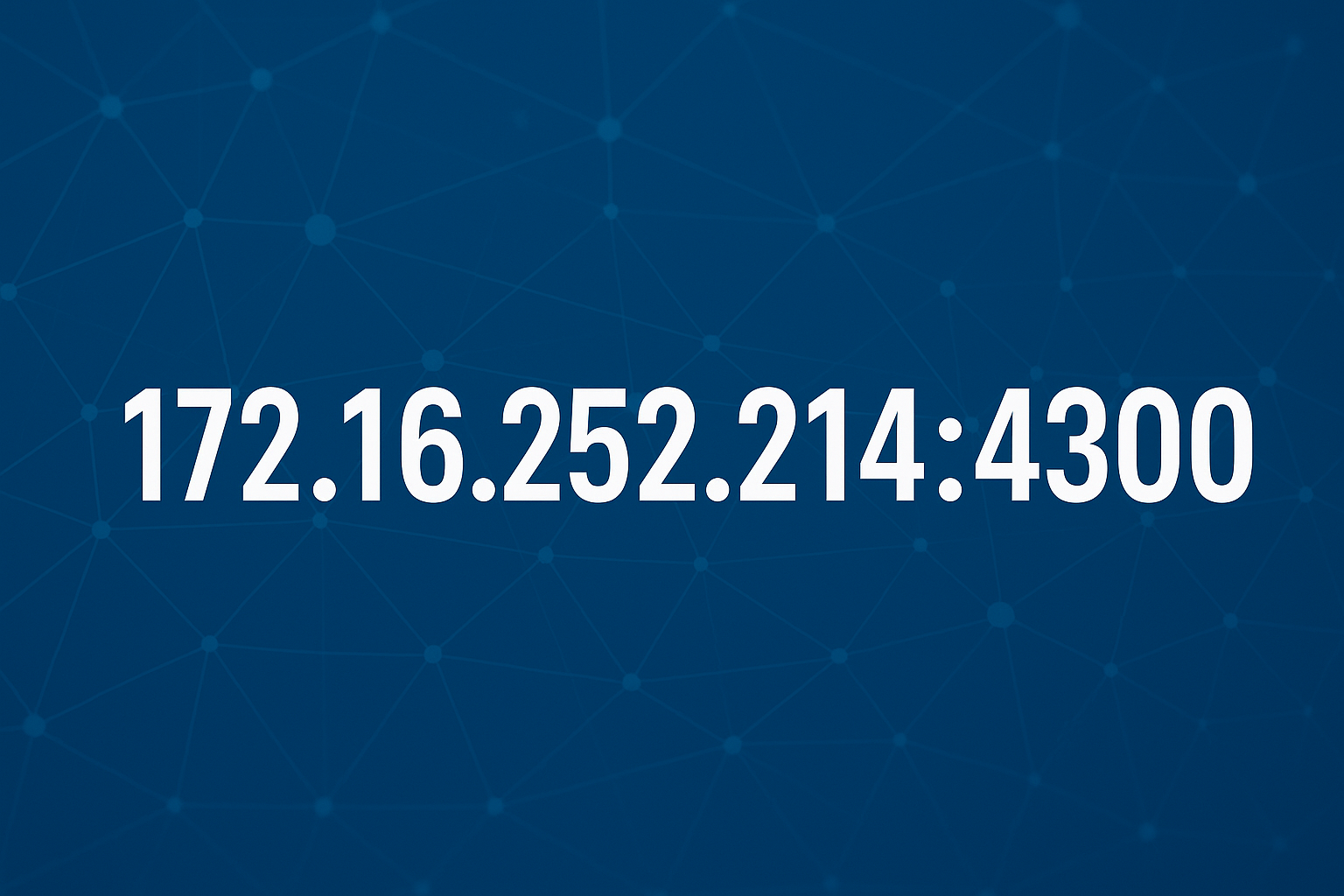Introduction to Photoacompq
In today’s fast-moving digital world, new words and concepts appear frequently, leaving many people asking what they mean and how they apply to everyday life or technology. One such keyword that has started to surface online is photoacompq. While it is not yet widely defined in academic or professional circles, its composition suggests a link between photography (“photo”) and computation or quality (“compq”). This makes it a fascinating term to explore because it may symbolize the growing fusion of imagery with advanced computing methods. People searching for information about photoacompq often want to understand whether it is a technology, a process, or an innovative tool, and how it can be used to improve efficiency, creativity, and accuracy in visual-related tasks. The rising interest in photoacompq demonstrates the way digital language evolves, especially when photography and computation are increasingly tied together in modern life.
What Exactly Is Photoacompq?
To begin unraveling the meaning of photoacompq, we need to look at the two parts of the term. The prefix “photo” clearly points toward images, light, and visual content, while “acompq” appears to reference computational processes, quality, or compression. From this perspective, photoacompq may refer to a field or technique where photographs and digital imagery are processed, enhanced, analyzed, or compressed through computational methods. If this interpretation holds true, then photoacompq could belong to the growing discipline of computational photography, a branch of technology that combines optics, sensors, and algorithms to improve the way images are created and stored. Even though no official definition has yet been established, photoacompq could be seen as an umbrella concept that captures the merging of photography with computing power, a combination that already drives modern smartphone cameras, AI-based photo editors, and digital imaging platforms.
Possible Applications of Photoacompq
One of the most compelling reasons to examine photoacompq is its potential applications across industries. If it represents computational methods for handling photography, then its relevance would be immense. In digital photography, photoacompq could be used to enhance image clarity, adjust color accuracy, and remove noise automatically, reducing the need for time-consuming manual editing. In data storage and transmission, it could mean compressing photos intelligently so they take up less space without sacrificing quality, which is crucial for cloud storage and social media platforms that process millions of images daily. In healthcare, photoacompq might be applied to medical imaging, where clear visuals are vital for diagnosing conditions using scans and X-rays. In creative fields such as design, film, and advertising, it could allow professionals to maintain high-quality visuals while streamlining workflows. These potential applications show that photoacompq is not just an abstract term but a concept with real-world implications that span far beyond traditional photography.
Advantages of Photoacompq
Understanding the advantages of photoacompq is essential because it helps explain why such a concept is gaining attention. One of the primary benefits is the ability to improve image quality beyond the natural limits of a camera lens or sensor. By relying on computational techniques, photoacompq could sharpen blurry images, enhance low-light photos, or even reconstruct missing details, giving users professional-quality results with minimal effort. Another advantage lies in efficiency—automated systems reduce the time required to edit, organize, or optimize visuals, which is particularly valuable for businesses that rely on large volumes of content. Photoacompq also promises smarter storage solutions by compressing files while preserving resolution, allowing individuals and organizations to save significant amounts of digital space. Its versatility makes it applicable to industries as diverse as entertainment, healthcare, and education. Furthermore, photoacompq could democratize access to high-quality visuals, making advanced image processing tools available to a broader audience, not just professionals.
Challenges and Limitations of Photoacompq
Like all emerging technologies or concepts, photoacompq also comes with challenges that need to be addressed before it can achieve its full potential. The first challenge is ambiguity—without an official or standardized definition, different people and industries may interpret photoacompq in inconsistent ways, making it harder to establish trust and usability. Another limitation is accessibility, as advanced computational methods often require powerful hardware, high-quality sensors, or specialized knowledge, which might not be available to everyone. Cost is also a barrier since developing, adopting, and maintaining computational imaging systems can be expensive, especially for smaller businesses or individuals. Privacy and security present additional concerns because photos often carry personal or sensitive data, and any processing system must ensure data protection and responsible use. These challenges highlight that while photoacompq offers exciting possibilities, careful planning, and responsible implementation will be necessary for it to thrive.
Future Outlook for Photoacompq
Looking ahead, the future of photoacompq appears bright, particularly if it continues to align with trends in artificial intelligence, machine learning, and digital storage. As technology progresses, photoacompq could become a cornerstone of how images are processed and experienced. Imagine smartphone cameras that instantly use photoacompq to deliver studio-quality photos, or cloud systems that automatically optimize and store millions of pictures with perfect balance between quality and size. In healthcare, more advanced versions of photoacompq could improve the clarity of diagnostic imaging, leading to faster and more accurate treatment. In entertainment and education, it could be used to create hyper-realistic visuals for virtual and augmented reality, enhancing immersion and interactivity. The evolution of photoacompq will likely depend on continued innovation, collaboration among industries, and the integration of ethical standards to protect user privacy. If these conditions are met, photoacompq could transform the way we think about digital images for decades to come.
Conclusion
The rise of interest in the keyword photoacompq reflects a growing fascination with the merging of photography and computation. While the exact meaning of the term may not yet be firmly established, its potential interpretations and applications are both vast and exciting. From enhancing image quality and compressing files to advancing medical imaging and fueling creative industries, photoacompq represents a forward-looking concept that blends creativity with technology. At the same time, it faces challenges in terms of clarity, accessibility, and security, all of which must be addressed for its promise to be fully realized. Ultimately, photoacompq symbolizes more than just a keyword—it is part of a broader conversation about how digital imagery continues to evolve in a world increasingly shaped by computational power. For anyone interested in the future of photography, technology, or digital communication, following the development of photoacompq is not just worthwhile—it may be essential.








Leave a Reply